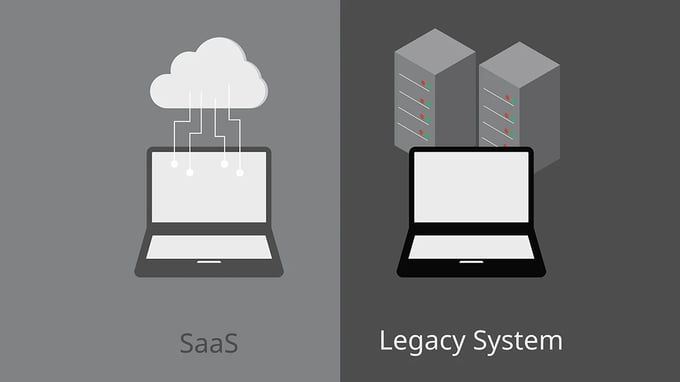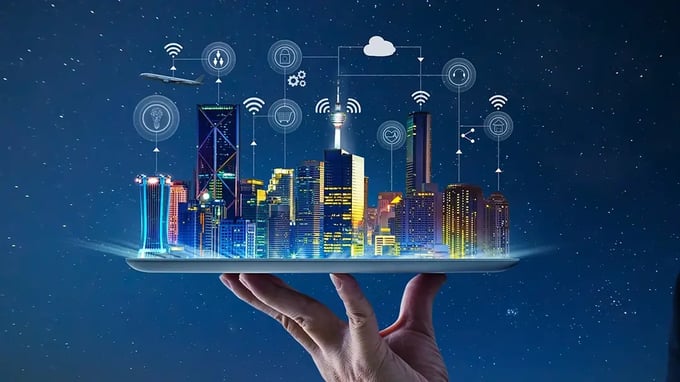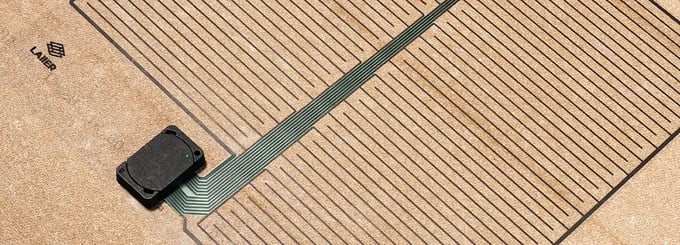Building Management Systems (BMS) or Building Automation Systems (BAS) are the central control units responsible for maintaining operational efficiency and occupancy comfort. This usually includes control of HVAC, fume collection, steam systems, plumbing, lighting, electrical systems, and fire safety.
BMS are not new. In one way or another, they’ve been around for close to 60 years. But while new systems serve as the beating heart of many smart buildings, most older BMS lack native digital connectivity features. These are now looking particularly outdated, and sometimes add to the cost and complexity of a building’s maintenance instead of reducing it.
However, the newest developments in remote monitoring through the Internet of Things (IoT) mean that cost reduction and easier installation of sensors allow older systems to be updated, creating effective smart buildings.

Are Building Management Systems outdated?
Current systems are expensive to install and maintain
Initial installation costs of “traditional” BMS in the US average between US$2.50 per sq ft and US$7.00. To put that in perspective, an office designed for 1,000 people will be 100,000 or more sq ft, putting the average cost of installing a BMS at a little less than half a million. So realistically, a BMS will only be cost-effective for the largest commercial properties.
The primary reason it’s so expensive is that a BMS requires complex hardware, including communication infrastructure and logic controllers, necessary for older systems due to limits on computing power. As you might imagine, this also means hiring and retaining a trained professional team to maintain such a complex system. So even though the running costs of a building can be reduced through a BMS, the ROI for the property owner diminishes with every passing year as maintenance costs grow.
Difficulty measuring data
Getting relevant data from a BMS is crucial to improving the system’s efficiency. However, with an older system, there is often a high probability that legacy software will lock data into a proprietary platform, restricting what you can do with it. It essentially makes clean data comparisons and tracking historical data very difficult.
Scaling is often impossible
The number of vendors of BMS was historically tiny. This created a market where vendors had zero incentive to make their systems cross-compatible with third-party tools. It also makes it almost impossible to grow a network between properties and enhance the level of data available, which could improve both the experience of occupants and the efficiency of the properties.
The high costs of installing BMS also lead to the market assumption that only a small proportion of commercial properties within the same portfolio will have a system installed. This slows any possibility of scalability and doesn’t encourage providers to develop better-connected solutions.

Sensors and cloud data can improve BMS
How the latest sensors and cloud-based software can improve BMS
Despite these issues with the BMS market and the systems themselves, we have reached a point where all is not lost – you can bring an older BMS into the 21st century. There are two major factors behind this: dropping costs, and innovation in digital network technology.
Sensors are a lot cheaper and easier to maintain
Sensors now cost 70% less than they did 18 years ago. As the market and demand for smart sensors grow, it’s reasonable that we will see both more kinds of sensors and a lower average cost. A BMS upgraded with newer, low-cost sensors can potentially use 80% less energy.
However, the most significant cost reductions come from an increased ease of installation and maintenance. Easy installation means less training is required for maintenance staff and less time spent removing and replacing sensors if they get damaged.
Additionally, sensors that can be integrated within building materials or easily applied to surfaces, like LAIIER’s Severn WLD, make retrofitting older systems a realistic and cost-effective prospect.
IoT enables data to be better harnessed
Low-powered networks like LoRaWan® have also made connecting older systems with a cloud network feasible, using open-source, cross-compatible technology. Where old systems restricted customers to limited data, smart sensor integration allows expanded options to collect and learn what is happening in your building in real time.
With sophisticated HVAC systems, temperature, humidity and light can now be entirely adjustable beyond average parameters where it was once impossible. With some systems, you can make adjustments based on the number of people in a room or the type of work they're doing.

It's finally possible to scale beyond individual properties
With these low-cost, smart technologies, the barriers older BMS faced that prevented scaling are becoming less of an issue. It's already possible to build relatively small smart buildings cost-effectively. With solutions like LAIIER Cloud, building systems can communicate with facilities managers inside the building, and with remote facilities.
Collecting and analyzing data from multiple buildings can provide a body of data to predict failures and problems across your entire portfolio. This could help proactively keep all of your buildings well-maintained.
There is hope for older Building Management Systems through cloud-based IoT technology.
In their current form, many BMS will continue to become rapidly obsolete and drain a facilities manager's resources. However, the latest IoT sensors and networks offer an opportunity to avert this situation and restore older systems to their original purpose: improved efficiency.